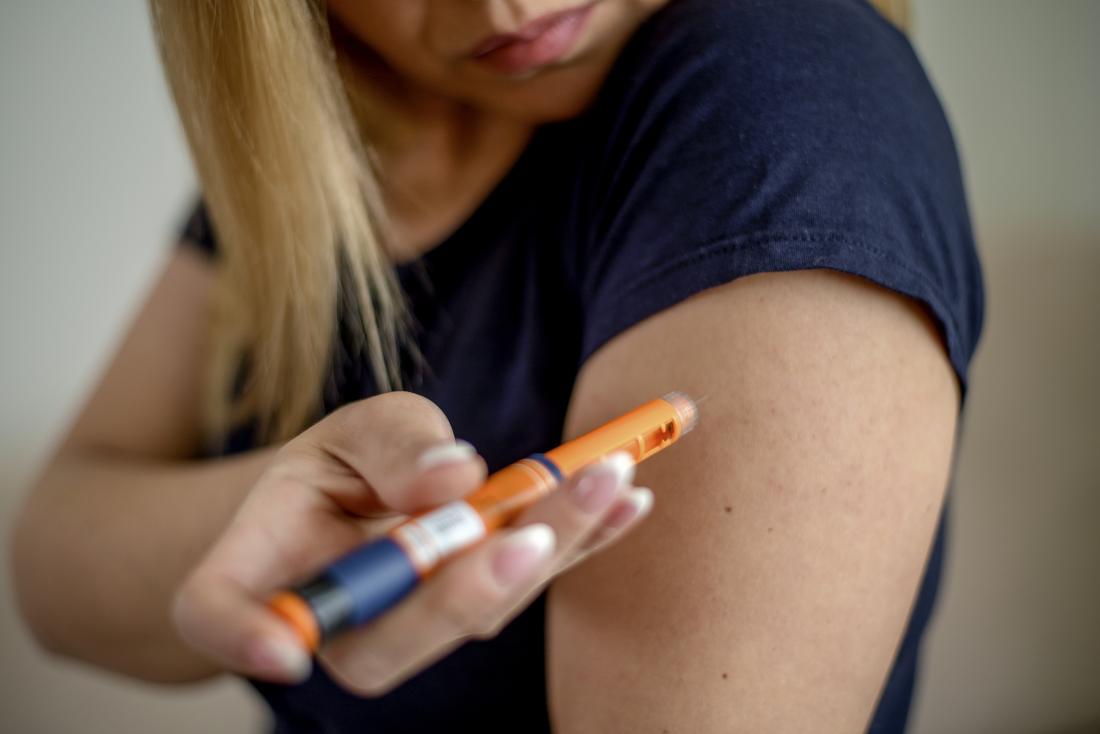Type 2 diabetes affects how the body regulates and uses sugar as a fuel. It causes blood glucose levels to rise to unusual levels. As a result, it can lead to severe complications in patients who don’t receive treatment for the condition.
Unfortunately, the early signs of type 2 diabetes aren’t easily noticeable. Worse still, some patients may not receive crucial type 2 diabetes info until it’s too late. This article will explore the tell-tale signs and symptoms of type 2 diabetes.
Table of Contents
Signs and Symptoms of Type 2 Diabetes
The signs and symptoms of type 2 diabetes often manifest gradually. However, some conspicuous signs and symptoms to look out for include:
Frequent Urination
High blood sugar levels force the kidneys to eliminate excess sugar by filtering it out of the blood. This may result in frequent urination, especially at night when metabolism is low.
Heightened Thirst and Hunger
Even though urinating frequently helps eliminate extra sugar from circulation, it can also lead to the body losing extra water. This can lead to dehydration and result in a person feeling thirstier than normal.
In addition, people with type 2 diabetes may not receive enough energy from the food they consume. This happens because type 2 diabetes results in cells taking in less sugar required to produce energy. As a result, those who have diabetes may constantly feel hungry and eat more than usual.
Chronic Exhaustion
Type 2 diabetes can impact productivity. It can affect a person’s energy levels and make them feel constantly lethargic. Remember, given that sugar in the bloodstream is not readily absorbed by body cells to generate energy, which causes chronic tiredness.
Impaired Vision
Elevated levels of blood sugar can damage the eye’s blood vessels. This can lead to blurry vision in one or both eyes. In severe cases, type 2 diabetes can even result in permanent blindness if left untreated. Remember, vision problems are typically not apparent at an early stage, so individuals who have any of the aforementioned symptoms should see an ophthalmologist to rule out any vision issues.
Tingling Sensation in the Hands and Feet
High blood glucose levels can impair blood circulation and affect the body’s nervous system. In people with type 2 diabetes, this can result in neuropathy, which causes a tingling sensation in the hands and feet. It can also cause numbness, which means patients may become oblivious of injuries like cuts and wounds until they get out of hand.
Patients with neuropathy should seek treatment immediately because it can lead to severe complications if not resolved.
Other Indicators of Type 2 Diabetes
The five signs and symptoms mentioned are some common indicators of the condition’s onset. Besides them, other signs and symptoms include:
- Patches of dark skin
- Slow-healing cuts and wounds
- Frequent yeast infections
Visit your doctor to eliminate the possibility of type 2 diabetes if you experience any of the signs and symptoms mentioned. And if you’re diagnosed with the condition, seek assistance from an organization like Tandem Diabetes Care to help you manage the condition.






